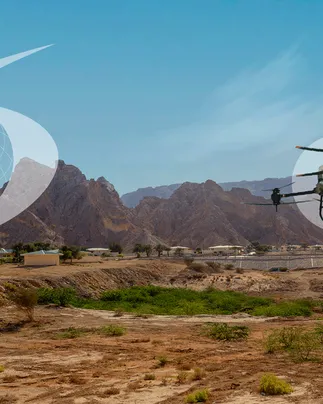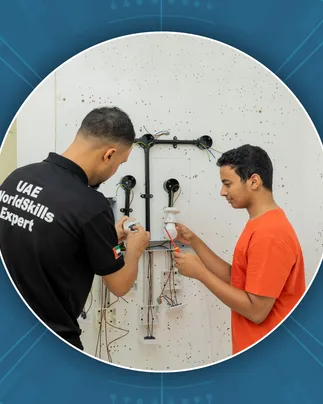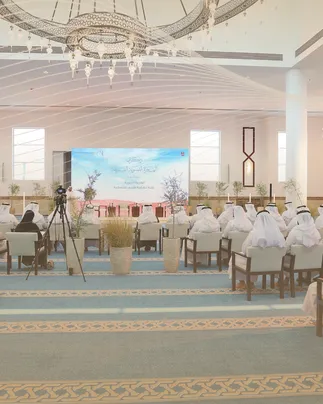Environment Agency – Abu Dhabi (EAD) has developed and implemented a sophisticated, multi-theme air quality modelling system for Abu Dhabi.
The system will support regulation via the assessment of cumulative air quality impacts expected from new facilities and urban development projects, reduce public exposure to air pollution and support the improvement in air quality across Abu Dhabi. All while helping to assess the effectiveness of future action plans and policies, it will also provide expert technical support, training and capacity building to enable the identification of pollution hotspots where elevated pollutant concentrations occur, and the development of detailed emirate-wide annual air quality maps.
The air quality maps of the Abu Dhabi emirate will complement EAD’s ambient air quality monitoring network and assist in evaluation of dispersion modelling for Environmental Impact Assessments. In addition, the new modelling system will support the assessment of air pollution control plans, regulations and strategies for attainment and maintenance of acceptable air quality and provide projections of future air quality trends associated with regional planning options. It will also lead to air quality forecasts that can be shared with the public, while enhancing scientific knowledge and research about air quality in Abu Dhabi and the UAE, with a special focus on ozone and particulate matter.
Eng Faisal Al Hammadi, Executive Director of the Environmental Quality Sector at EAD, said: “Air pollution represents the biggest environmental threat to human health. Therefore, robust evidence-based tools and systems are required to enable the effective management of air quality, to support the identification and selection of measures that will reduce air pollution and protect human and environmental health.
“As our mandate is the emirate of Abu Dhabi, we have developed a bespoke Air Quality Modelling System for the emirate that will strengthen our ability to secure better air quality for all. Science-based decision-making and advanced technologies will create the optimum balance between economic growth, environmental protection, and social wellbeing. The new system will have the immediate capacity to support permitting activities, compliance evaluation and the future development of scenarios. It will also assist with air quality forecasts, public awareness and, most importantly, climate and odour impacts.
“Similarly, the new air quality modelling capability will also support the evaluation of human exposure to air pollution, develop robust atmospheric emission inventories tools and databases – which include air emissions and GHG emissions – and, most importantly, support and expedite decision-making in environmental emergencies.”
Pollutants of major concern in Abu Dhabi are particulate matter and ground ozone. Sulphur dioxide levels are within UAE limits across most of the ambient air quality monitoring network, although an increase in concentrations has been observed over the past few years in the Al Dhafra Region. Hydrogen sulphide concentrations are not at harmful levels to the public, but frequent episodes of odour nuisance due to hydrogen sulphide have been recorded. Levels of nitrogen dioxide and carbon monoxide are below the limits set in the UAE air quality standard.
Efforts to improve air quality are cross-sectorial, and include monitoring, regulations, enforcement, environmental planning, research and awareness – all of which will lead to a healthier environment and better quality of life.
Air quality modelling will support several of EAD’s strategic partners, such as the Ministry of Climate Change and Environment (MOCCAE), Abu Dhabi Executive Office (ADEO), Department of Health (DOH), Abu Dhabi Police, Department of Municipalities and Transports (DMT), Abu Dhabi Department of Economic Development (ADDED), Abu Dhabi Department of Energy (DOE), and ADNOC Group, among others.










